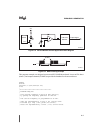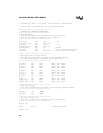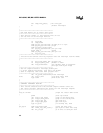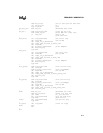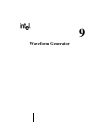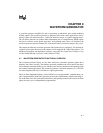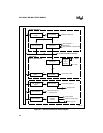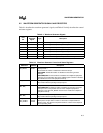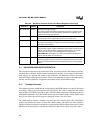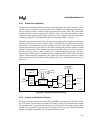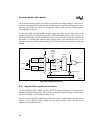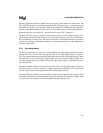
9-1
CHAPTER 9
WAVEFORM GENERATOR
A waveform generator simplifies the task of generating synchronized, pulse-width modulated
(PWM) outputs. This waveform generator is optimized for motion control applications such as
driving 3-phase AC induction motors, 3-phase DC brushless motors, or 4-phase stepping motors.
The waveform generator can produce three independent pairs of complementary PWM outputs
that share a common carrier period, dead time, and operating mode. Once it is initialized, the
waveform generator operates without CPU intervention unless you need to change a duty cycle.
This chapter describes the waveform generator and explains how to configure it. For detailed de-
scriptions of the signals discussed in this chapter, refer to Appendix B, “Signal Descriptions.” For
additional information and application examples, consult AP-483, Application Examples Using
the 8XC196MC/MD Microcontroller (order number 272282).
9.1 WAVEFORM GENERATOR FUNCTIONAL OVERVIEW
The waveform generator (Figure 9-1) has three main parts: a timebase generator, phase driver
channels, and control circuitry. The timebase generator establishes the carrier period, the phase
driver channels determine the duty cycle, and the control circuitry determines the operating mode
and controls interrupt generation. The waveform generator’s maximum frequency is 15.625 kHz
for center-aligned modes and 31.250 kHz for edge-aligned modes.
There are three independent phases, each of which has two programmable, complementary out-
puts. A programmable “dead-time” generator prevents the complementary outputs from being ac-
tive at the same time. The carrier period, dead time, and operating mode are the same for all three
phases; the duty cycle is independently programmable.



